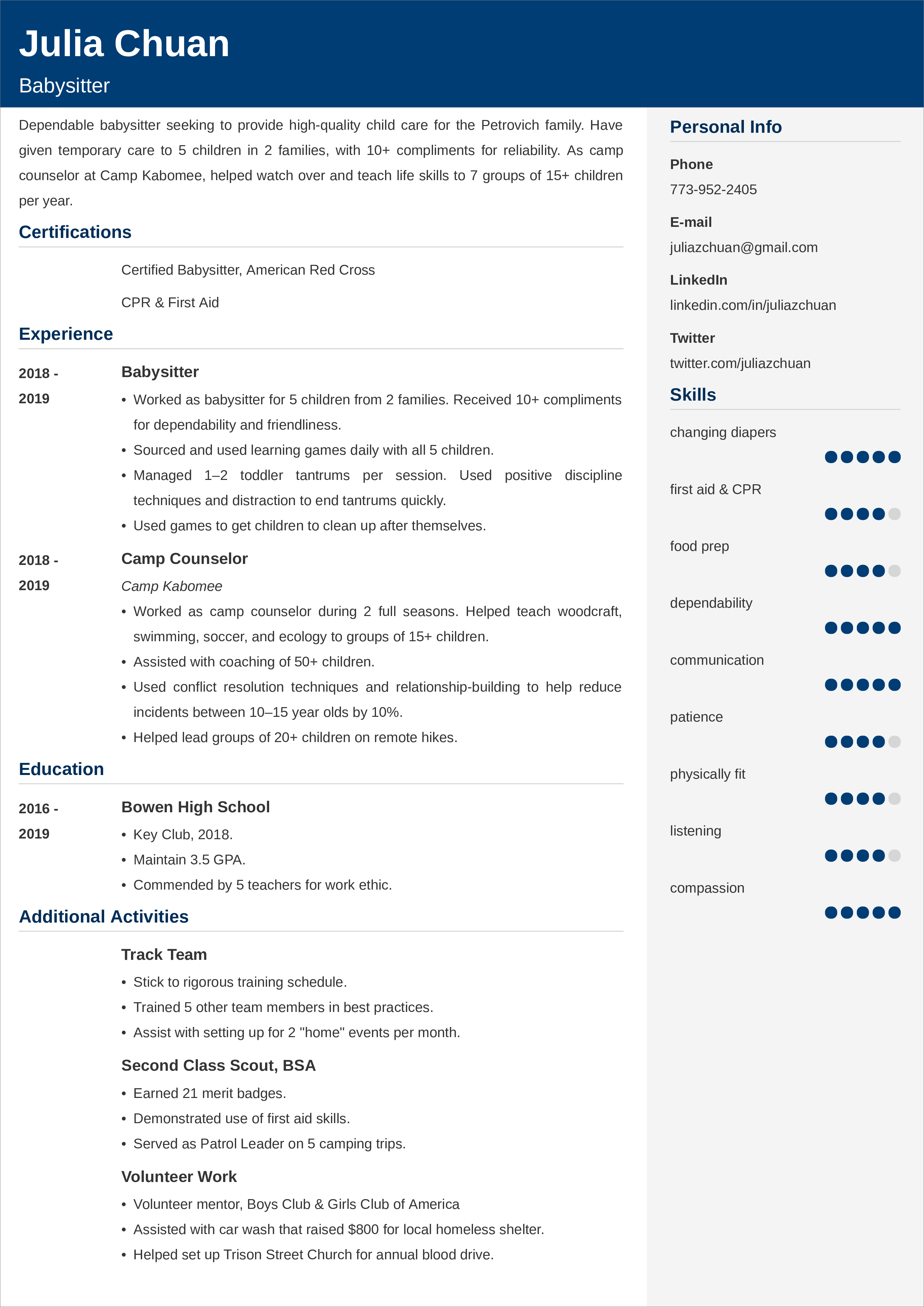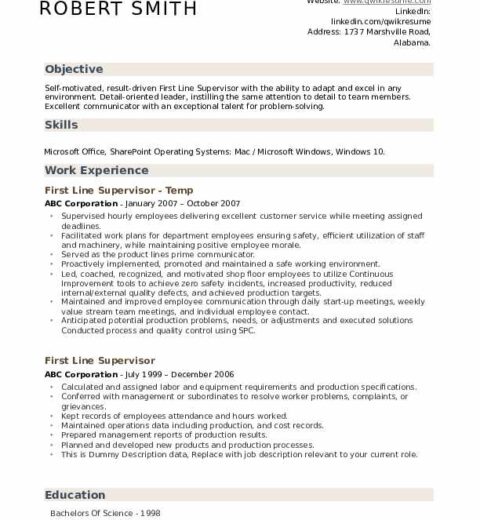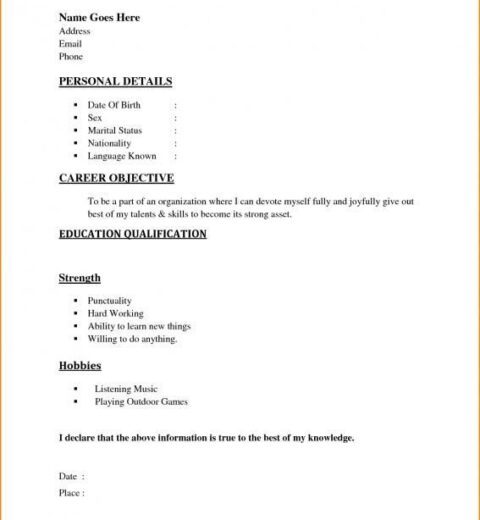In the realm of job applications, the mere presentation of qualifications is akin to showcasing a single portrait of a grand landscape. To truly illuminate your professional journey, the inclusion of volunteer experience is vital, acting as the brushstrokes that add depth and detail to that landscape. Emphasizing volunteer work on a resume not only showcases personal dedication but also portrays one’s capacity for social responsibility, adaptability, and collaboration. Yet, how can one effectively list this invaluable experience to demonstrate real impact?
To commence, consider the essence of your volunteer role as a vibrant tapestry woven from various threads—each task and responsibility contributing to the overarching picture of your skills and contributions. It is not merely about stating where you volunteered; it is about encapsulating the value of your contributions. Begin by creating a dedicated section titled “Volunteer Experience” or “Community Engagement” on your resume, thereby providing your altruistic endeavors the recognition they deserve.
When detailing your volunteer roles, clarity is paramount. Start with the organization’s name, the city and state, and the dates of your involvement. This format sets a clear context. For example:
Volunteer Coordinator
Habitat for Humanity, Cityville, ST
June 2020 – Present
Next, it is essential to elucidate your responsibilities and achievements. Herein lies the opportunity to expand on the impact of your work. Use bullet points to delineate specific tasks, ensuring brevity without sacrificing substance:
- Developed and implemented outreach campaigns that increased community engagement by 40%.
- Coordinated a team of 25 volunteers for a “Build Week,” completing three homes for families in need.
- Raised $5,000 through fundraising initiatives, enhancing local resources for homeless shelters.
These succinct points encapsulate not just what you did, but also the significance of your contributions. Each bullet point serves as a strike of the artist’s brush, outlining the strokes that have created an impactful narrative.
Moreover, employing action verbs is paramount. Words such as “spearheaded,” “cultivated,” “enhanced,” and “orchestrated” function as the powerful adjectives and adverbs that enliven your experiences, conveying an impression of assertiveness and expertise. The right verb not only depicts action but also imbues your resume with a sense of momentum, showcasing a proactive approach.
In addition to outlining responsibilities and achievements, quantifying your contributions plays a crucial role in demonstrating tangible outcomes. Numbers have a dramatic flair; they encapsulate the essence of success in a quantifiable format. If you organized events, detail the number of attendees. If you worked with youth, mention the number of individuals positively impacted. Consider these examples:
- Successfully trained 15 youth volunteers, enhancing their leadership skills and team-building abilities.
- Conducted workshops for over 100 community members, fostering a culture of health and wellness.
This aspect transforms abstract experiences into concrete evidence of impact. It invites prospective employers to envision the very fabric of your volunteer engagement as a powerful narrative filled with measurable success.
Furthermore, consider the thematic relevance of your volunteer work concerning the positions you are applying for. Whether it’s experience in fundraising for a non-profit or mentoring youths, align your volunteering journey with the skills and values desired by potential employers. This alignment illustrates not only your capabilities but also your commitment to making a meaningful contribution in your professional role.
However, focus should not solely be on achievements and metrics. Infusing a touch of personal insight allows your narrative to transcend mere lists. This transformation can be as simple as a brief statement reflecting on your personal growth or a key lesson learned. For instance:
“Through my experience with Habitat for Humanity, I came to understand the profound impact of teamwork and the importance of communal investment in equitable housing.”
Such reflections cultivate an emotional connection with the reader, transforming impersonal listings into relatable stories that underscore the personal significance of your contributions.
As you evolve your volunteer experiences into a compelling narrative, the cultivation of a unique appeal becomes increasingly evident. The ability to demonstrate an authentic commitment when listing volunteer experiences enhances not just your resume, but also your professional persona. Employers are often seeking candidates with demonstrated empathy and a willingness to embrace societal challenges. Your volunteer work epitomizes your potential for positive impact beyond a conventional job description.
Moreover, engaging in volunteer work often fosters indispensable soft skills such as communication, problem-solving, and adaptability. By highlighting these attributes, you fortify your candidacy while positioning yourself as a well-rounded applicant capable of thriving in collaborative settings. This facet becomes especially crucial, as the modern workplace embraces a shift towards valuing resilience and diversity of thought.
In conclusion, the strategic listing of volunteer experience is not just an ancillary component of a resume; it is the vibrant portrayal of an individual’s journey that signifies a commitment to service, a cultivation of skills, and an embrace of societal responsibility. By delineating experiences effectively, employing impactful language, and drawing connections between volunteer work and professional aspirations, you will create a canvas rich in meaning and relevance, inviting prospective employers to appreciate the depth and breadth of your contributions. Much like a masterful landscape painting, your resume can evoke emotion, tell a story, and ultimately inspire action, paving the way for your next career opportunity.




